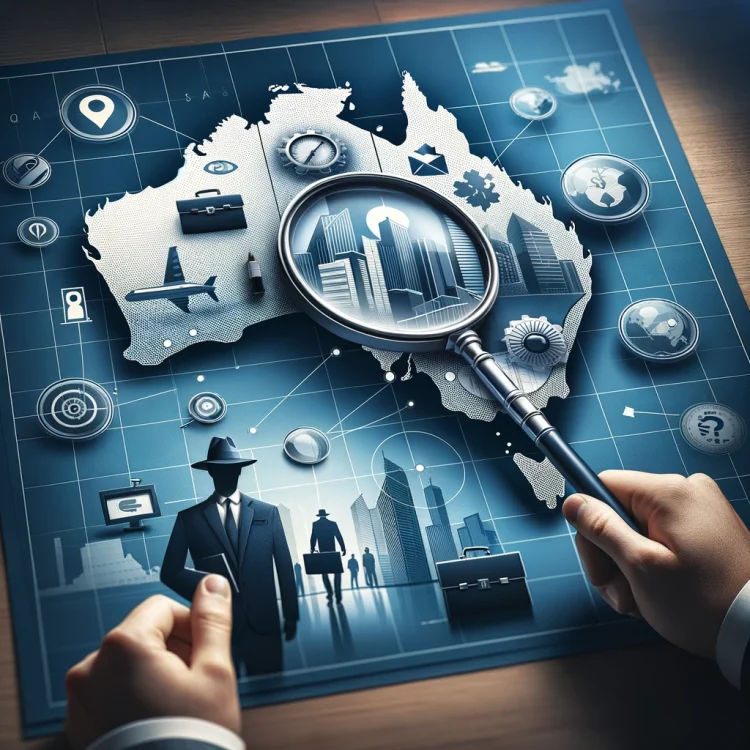Coronavirus and Biometric Data: Investigator’s Perspective
CORONAVIRUS & BIOMETRICS DATA
Biometrics are human characteristics that help us identify individuals and gain information about human physiology. Some common examples of biometric identifiers are things like fingerprints, facial patterns and heat signatures. Governments and businesses have begun to use biometrics for a range of purposes and there is great scope for the use of such data in future. Most biometric identifiers are considered to be unique to the individual, and they may be used in combination to ensure greater accuracy in terms of identification.
Notably, in the last couple of weeks, airports have implemented biometric testing of passengers to help determine whether or not they may be carrying the coronavirus. The recent outbreak originated in the Chinese city of Wuhan and the number of confirmed cases currently sits at around 30,000 infections, with more than 550 persons having died. As part of the response to the risk, thermal cameras are being used in areas like airports that are check points for international travellers. Thermal cameras are said to be useful because they can scan large crowds and spot people with higher temperature which may enable the identification of those infected. Airports in China and Singapore began using thermal cameras during the 2003 outbreak of the SARS virus, and countries like India and Nigeria followed suit during the outbreaks of swine flu in 2009 and Ebola in 2014 respectively.
Thermal cameras are in fact effective only to the point of telling who has a higher body temperature or who is running a high fever and can’t necessarily identify whether a person is carrying a particular ailment like the coronavirus. According to preliminary estimates from the London School of Hygiene & Tropical Medicine, thermal scanning at airports detects fewer than 20% of infected passengers arriving from a 12 hour flight. The World Health Organization even recommends against testing travellers, with officials stating in a January 10 release, “It is generally considered that entry screening offers little benefit, while requiring considerable resources”.
Beyond virus detection, biometrics like facial recognition and fingerprint scanning are however some of the most useful identifiers that we have at our disposal. Thermal imaging tech is widely used by law enforcement agencies and militaries across the world. It was first used during the Korean War in the 1950s to detect enemy soldiers in the dark. Firefighters in the US are also known to use such technologies to find people through dense smoke and, in 2019, US police used them to detect and nab a gang of car thieves at night. Today, governments worldwide use all kinds of biometrics for many other purposes, including border management, defence, employee screenings, healthcare, security, and more.
Ethically speaking, the use of biometrics by governments, businesses and law enforcement agencies is in an important area. If there is one thing you can be guaranteed when entrusting a government with data it’s that they will misuse it. Of course, scanning for coronavirus and catching thieves are unlikely to be challenged by privacy advocates but many other uses of biometrics are more questionable. Would you consider it reasonable for a citizen to be charged with disorderly conduct for endeavouring to cover his face when passing a police truck with facial recognition technology in use for example? If not, this video might worry you: https://www.youtube.com/watch?v=0oJqJkfTdAg
As investigators, we are cognisant of the fact that the more data that one has access to, the more readily one is able to solve a problem. Private investigators use public record databases for example to uncover details for persons who are subject to investigation, whether for personal, legal or business-related purposes. Investigators thankfully have access to ASIC registries for example, that contain certain government-stored information which can be very useful when conducting investigations. There are also some databases hosted by private companies (such as Equifax https://www.equifax.com.au/) that we can use to find information like places of residence for certain individuals. Investigators are really nothing more than agents for their clients (typically individuals, businesses and law firms). At the broadest level, the more access that the average person has to information, the better he or she is able to understand and protect his or her own rights. Whether it be the right to protect one’s financial interests (by being able to locate and recover against a debtor), the right to protect one’s mental health (to learn the truth about a loved one’s deceptive behaviour) or the right to protect one’s confidential information (to conduct a computer forensic investigation to determine whether a wayward employee has misused a small business’s client list), the right of private citizens to gain access to data is, in our opinion, sacrosanct.
Biometric data is generally used at this point by governments and large corporations that have a close relationship with governments, through activities such as lobbying and donations. As with metadata, the storing of biometric data by governments and powerful organisations is something we recognise is useful in certain circumstances but citizens should know precisely how such data is being used, when such data is misused and should have the right to access government-held data for legitimate purposes. Using the coronavirus outbreak as an example, this is a good opportunity for governments to explain how biometric scanning is being implemented, how it is helping, how many times it has failed to work and what data is being acquired from the process. There should be publicly-accessible registers that store such information in anonymised form (so it does not reveal information about specific individuals) so as to set a precedent for more invasive forms of data collection that are being adopted now.
The same goes for the capture of other sets of data. ASIC recently began allowing members of the media to have free ‘journalist’ access to its databases (which is a step in the right direction), but it should really be made freely available to any proprietary limited company or, for example, to any licenced investigator as it would ensure greater transparency and would encourage investment in Australia, including from overseas investors. Data of any type should be obtained and stored in as transparent a form as possible, taking into account possible risks to individuals. The data in a way belongs to the individual and they should therefore have a level of agency over how and where it is used.
As can be seen in the video above, blanket use of surveillance and biometric technologies are arguably resulting in the government inverting the principle of the presumption of innocence. The battle appears to have been lost with respect to metadata – citizens cannot access compulsorily-acquired metadata from ISPs for use in civil case but the government is free to use it against citizens it deems a threat. When it comes to biometric data, we should advocate for greater access – let’s start now while the fight is still early.


